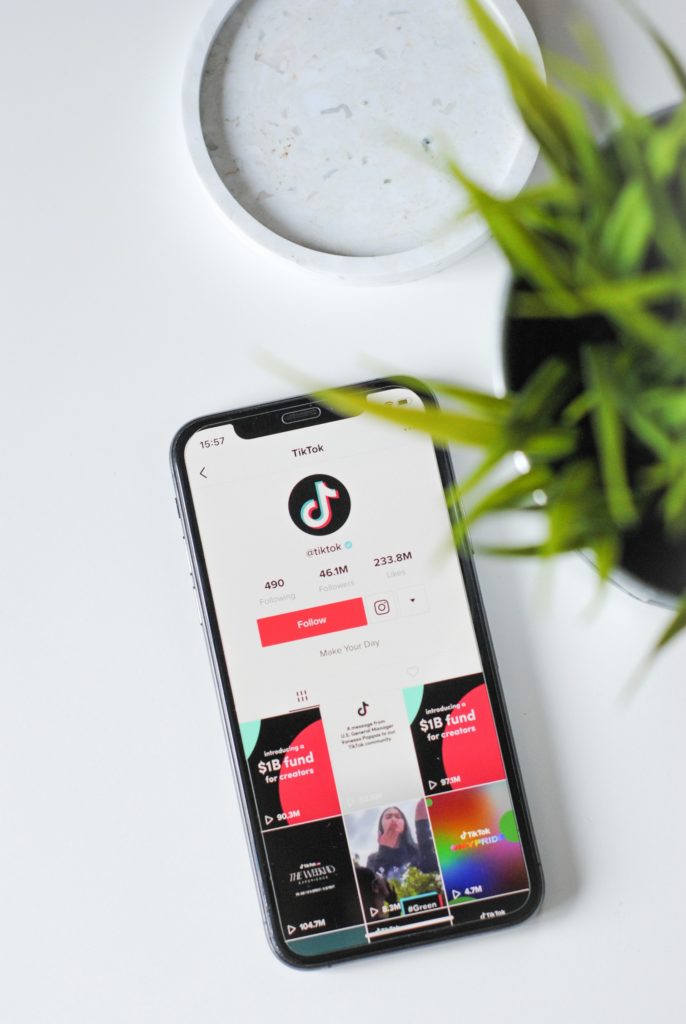Since its launch in 2020, TikTok has catapulted in popularity, boasting over 1 billion monthly users. (With some estimates at around 1.5 billion in 2024). That inevitably makes TikTok ads an attractive proposition to brands.
As one of the fastest-growing social media platforms, TikTok has revolutionized how brands connect with their audiences. It distinguishes itself from other platforms with universal appeal across generations. Initiaally Gen Z was the target but audiences have expanded to encompass millennials and even boomers.
At the heart of TikTok’s popularity are its customized content feeds, captivating short-form videos, and a canvas for limitless creativity, featuring a diverse range of filters, and engaging challenges.
TikTok’s blend of entertainment, education, and content discovery has firmly established itself as a premier digital destination. As marketers, how can we use it more effectively?
More importantly, what’s working well for others and how can we use it to better help plan our own campaigns?
Let’s break it down…
Table of Contents
- 1 1. The rise, fall, and slow return of AI content to TikTok
- 2 2. Influencer collaborations
- 3 3. Make sure to stay true to the platform content
- 4 4. Authenticity, Personal Branding, and Behind-the-Scenes Content
- 5 6. Use educational content
- 6 7. TikTok as a Search Engine
- 7 Now it’s time to use these yourself
1. The rise, fall, and slow return of AI content to TikTok
Almost everything that’s working well right now on TikTok is built around authenticity and trust. That is partly in response to the impact that AI-generated content had last year.
Humans are social creatures, which is why we trust others for recommendations once we trust them. (It’s why influencer marketing works so well).
However, by around 2023, AI influencers like Milla Sofia became so lifelike that people often couldn’t tell they were AI.
This led to situations where followers interacted with them as if they were real people, creating high engagement and conversions.
As awareness grew and users discovered they were actually interacting with AI content, many felt deceived. This significantly eroded trust in the platform?.
The phenomenon highlighted potential opportunities as well as challenges for AI in the influencer marketing space.
This was particularly impactful on TikTok, where the content often feels personal and authentic, resembling what someone might share with friends and family?.
To address these trust issues, TikTok became the first platform to require an ‘AI content’ tag for any AI-generated or manipulated videos. The company recognized that audience trust is a core strength of its platform.
Obviously, this has had an impact on the performance of these channels and techniques. Does that mean we should avoid this? Definitely not. We just need to learn how to use it better.
For advertisers, AI tools are still invaluable for streamlining work and reducing production costs. Early adopters in industries like tech have automated 50-80% of their workload by using AI tools.
The key is to use these tools smartly and transparently, ensuring that viewers are not misled?. AI content is already beginning to regain traction, particularly with AI ‘influencers’ serving as virtual avatars for informational channels.
However, genuine human interactions remain crucial for building long-term trust, making traditional influencers highly effective?.
2. Influencer collaborations
Collaborating with influencers and creators remains a significant trend, as influencers bring a pre-existing audience and a trusted voice to a company’s products. When they promote a brand, their followers are more likely to trust and engage with the content, leading to higher conversion rates.
This approach is often more cost-effective than traditional advertising due to its impact, reach, and ROI, despite larger upfront costs for hiring the influencers??.
Sidenote: A lot of the techniques on this list work well on their own, or as a combination.
For example a lot of companies are seeing great results combining influencer marketing with hashtag challenge campaigns and other methods on this list. (This is even impacting outside of TikTok, with my local bookstore organizing books in their main display based on #BookTok recommendations, and sticking an ‘As seen on #BookTok’ label on them!)
Additionally, repurposing influencer content in PPC ads can extend the reach and effectiveness of campaigns, combining organic engagement with paid promotion for maximum impact.
3. Make sure to stay true to the platform content
One of the most important ongoing aspects of advertising on TikTok is to create content that aligns with the platform’s usual content. It’s less jarring for the users, while also increasing engagement – usually through UGC campaigns such as trends and hashtag challenges.
For example Gymshark ran a fitness challenge, called the #gymshark66.
The goal was for the public to follow along with the fitness plan for 66 days, and at the end of the challenge, winners were picked to win free clothing.
This hashtag then generated over 45 million views during the challenge!
TL;DR
UGC is a powerful tool for building trust and authenticity on TikTok and still works incredibly well in 2024.
Encouraging users to create content around your brand not only enhances community engagement but also leverages TikTok’s viral nature. Not only that but featuring real customers and their experiences in your ads makes them more relatable and trustworthy. This approach helps build genuine connections with potential customers?.
4. Authenticity, Personal Branding, and Behind-the-Scenes Content
There’s been a large push by both influencers and companies to create and share content that builds authenticity and trust, such as personal content and behind-the-scenes videos.
(Over 1.3 Billion videos are using these hashtags!)
Authentic content is crucial on TikTok, and so brands that focus on showcasing real people and genuine moments help to build trust and relatability with audiences.
In terms of PPC campaigns, you can leverage and promote popular videos to bring in new viewers and followers, and also nurture and build trust with your current audience.
6. Use educational content
Educational content is also gaining traction on TikTok, and is a great way to turn paid audiences into ‘owned’.
For example Brands and creators can use short-form videos to share valuable information, tips, and industry insights, establishing themselves as authorities in their fields and attracting a more engaged audience.
This content is incredibly effective for driving traffic to blogs or other more detailed resources?, where those how-to posts can then convert readers into email subscribers for future promotions, offers, and notifications of new TikTok content. This ensures a larger impact on all future content.
Even better still, ads that educate or inform are more likely to capture attention and engage viewers, leading to higher click-through rates and conversions.
You can also tie this method into the next tip…
7. TikTok as a Search Engine
TikTok has transformed from a simple scrolling platform to one where users actively seek educational and informative content. This shift has seen users preferring TikTok over traditional search engines for discovering new content, including restaurant recommendations, beauty tips, recipes, and news.
This makes it incredibly easy to take the same how-to videos from before, and then target search terms.
This allows ads to appear alongside organic search results for relevant user queries, meaning your already well-converting ads, are put in front of a much warmer audience.
Now it’s time to use these yourself
So there you have it. 7 TikTok ad trends that are doing well (or continue to do well) this year.
How many of these have you tried for your campaigns?
Have you tried combining any of them?
What results did you get?
If you’ve not used them yet, make sure to give it a go and let us know how they work for you!
The post 7 Emerging Trends in TikTok Ads first appeared on PPC Hero.





Leave a Reply